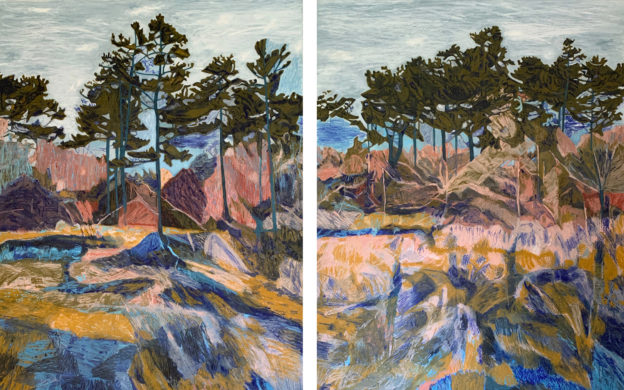Danish painter Mette Homar creates rich and colorful landscapes on paper, full of dynamic movement and texture.
Her background is as multidimensional as her works; Homar studied ceramics, photography, and graphic design. After working for eight years as a graphic designer in San Francisco and Copenhagen, she changed course and found her preferred medium in painting.
Through color schemes and technique, Homar pays homage to her personal experiences and nature in Jutland, Denmark. By expressing both internal and external experiences through her art, Homar explores the soft spot between the two; a point of emergence. Unconstrained by slow processes, Homar’s landscapes become vibrant and work as a gentle reminder of the subjectivity we bring to our experiences.
We spoke to Danish painter Mette Homar about her background, the development of her style, and why she paints landscapes:
You have a broad background; can you tell us a bit about that?
It has been a journey; changing reflections on life and purpose. In my late teens, I wanted to work as a creative while also being financially independent.
I practised ceramics for a while and applied to The Institute of Ceramics at Design School Kolding. A year later, I transferred to The Institute of Graphic design. As part of an exchange program, I studied photography for a year at the University of Gothenburg.
I still love working with both ceramics and photography, however I love the process of painting more.
After graduation, I moved to San Francisco, where I joined a small design studio named Barretto-co.
After a few years in the US, I returned to Denmark and got a job at a renowned Danish design company – but I felt increasingly constrained in my work, so I left and started painting. I haven’t looked back since.
 |
 |
How did your painting style develop?
My first couple of years of painting were purely technical. I tested all materials thoroughly.
I was looking for a combination of materials that would allow me to create as freely as possible, escaping slow-developing processes, which I viewed as constraining. After a couple of years, I found my favorite combination: oil pastel on paper.
I started by painting geometric compositions, moving into portraits and nature elements. I was primarily painting what was in front of me, which shifted after a couple of years to a more expressionistic style, painting more freely.
Through experimentation, I found the colors and color combinations that I liked to work with and resonated with my emotional palette. I work with multiple layers of color to provide tactility, depth, and movement. I enjoy combining colours to the point where they almost disappear into each other, then add fresh layers on top. Working this way makes the colors more in-depth and varied.
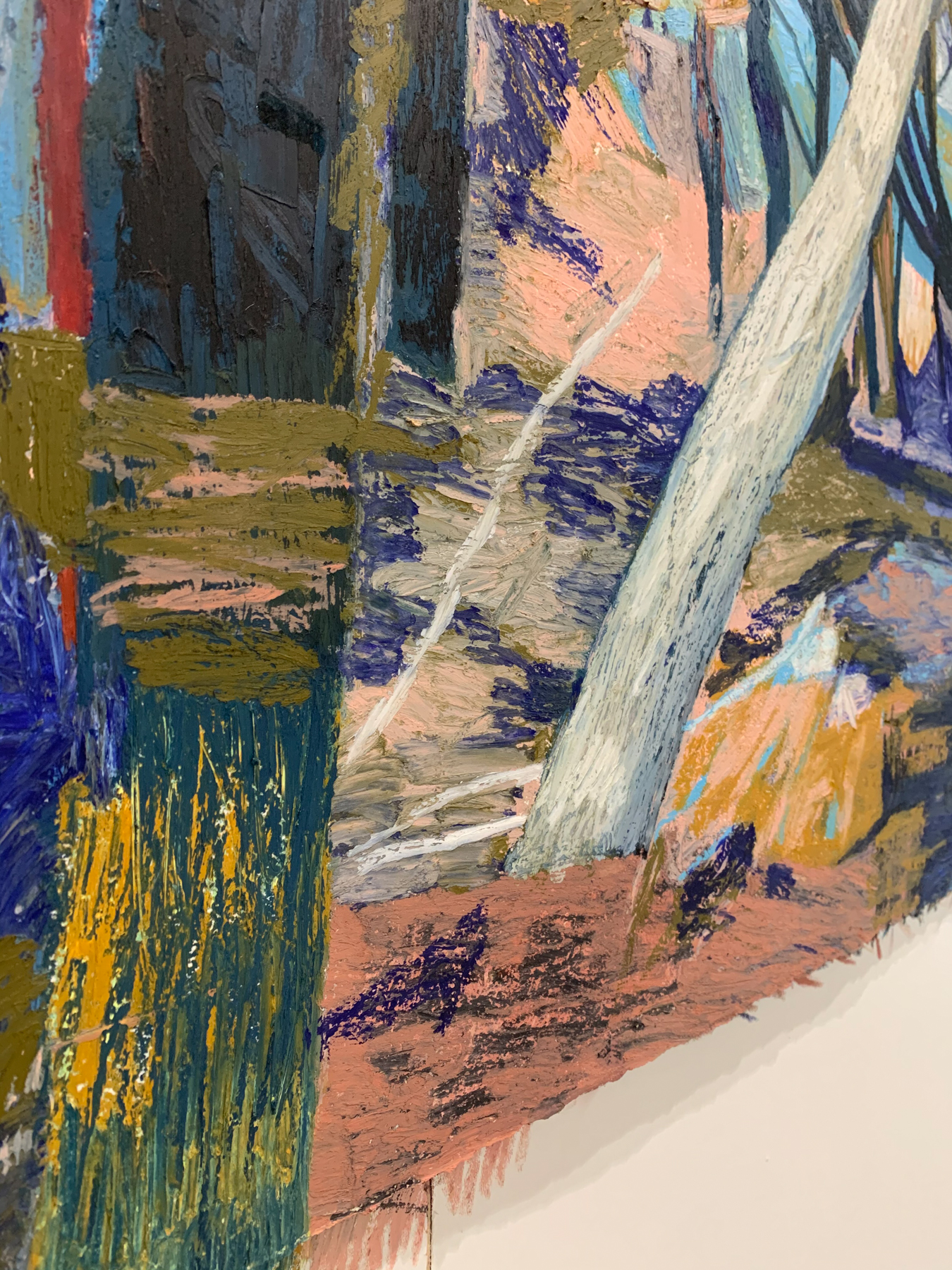
Above: #202101 by Mette Homar
Why do you paint landscapes?
I found a sense of purpose in my work. I went from painting only inner landscapes to a combination of abstract inner and outer landscapes after an experience with my daughter, as well as moving to the countryside.
A few years ago, my ten year old daughter complained about pain in the back of her chin. The doctor found a lump on her salivary glands and recommended removing it as soon as possible.
On the day of the surgery, I had a conversation with the physician responsible for the procedure. She told me that we would not know how serious it was until after the surgery; if they found anything malignant, they would remove it.
I watched my daughter drift away as they put her under anaesthesia. Then I waited for more than two hours. I felt like I was dying – everything collapsed. At last, I got a call from a nurse, telling me that the surgery had gone well, that they found nothing malignant, and that my daughter was about to wake up.
The experience had been so emotionally violent that over the following months, I fell into a crisis of sorts, feeling unexplainable grief, anxiety, and confinement.

Above: #201701 by Mette Homar
I started to paint my daughter over and over again, sleeping, with flowers, looking away, alone…
Later, my family and I moved from Copenhagen to Djursland in Jutland, near the forest and the coast. We moved to get closer to nature, which had an immediate effect on the way I paint. Slowly, the flower elements in my paintings were replaced by larger aspects of nature, still alongside my daughter. Even she began merging with nature and the sensations connected to it.
I had an overwhelming feeling of being healed and rescued by someone or something outside of myself, as well as a deep sense of gratitude for that salvation. When I paint, I embrace this.
Nature landscapes are both psychological and physical spaces that are open to interpretation; there is something elongated and eternal about landscapes.
My latest works have a special meaning for me. I have made a significant shift, both personally and artistically. I feel that these new works combine many years of my previous artistic approaches and techniques.

Above: #201903 by Mette Homar
What are you currently painting? What is coming up for you?
Over the past year, I’ve focused on developing my technique and artistic expression. I’m working on creating a connected series of works suitable for a larger exhibition in 2021 or 2022. Nothing is planned as of yet.
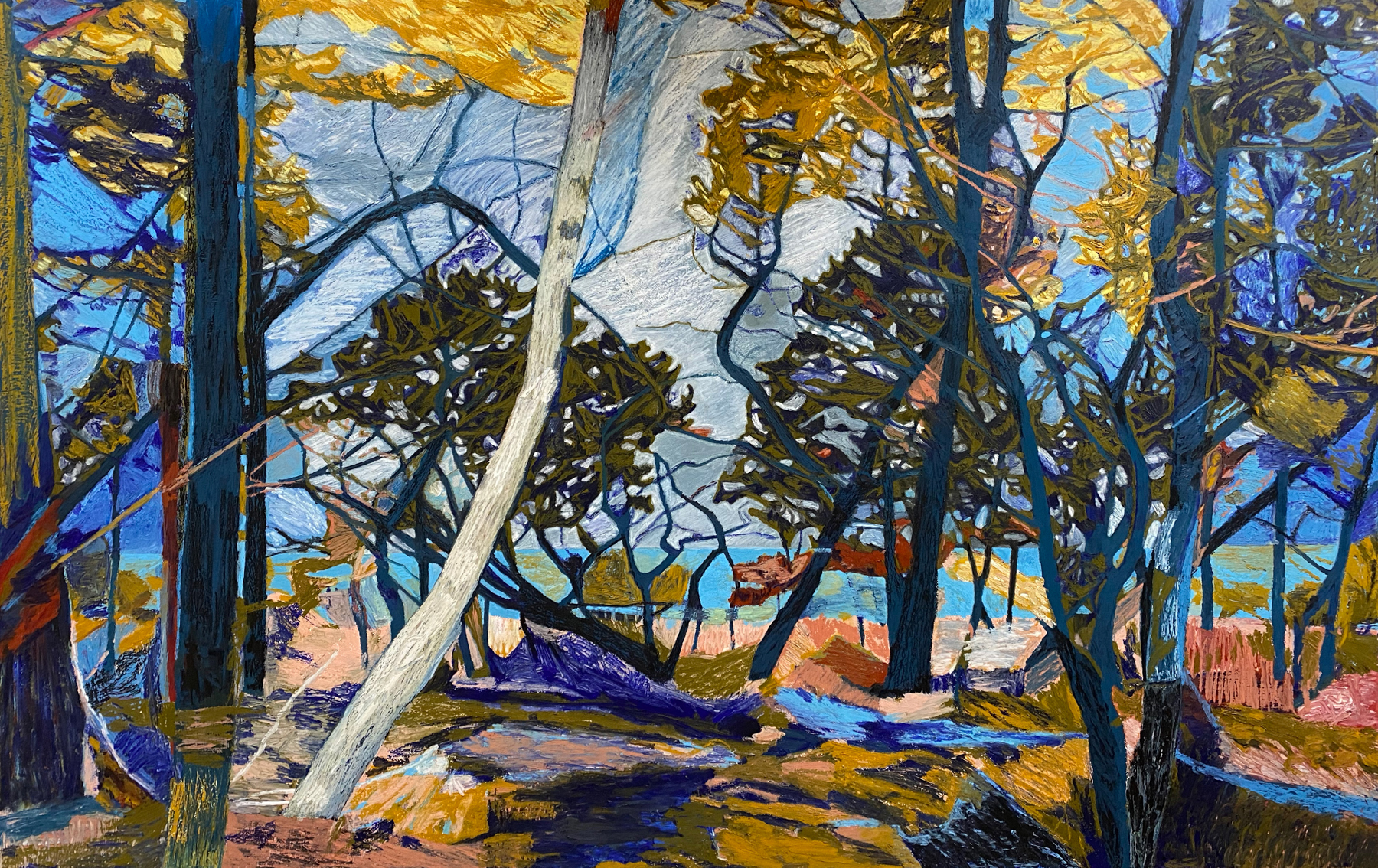
Above: #202101 by Mette Homar
Where can people follow you and buy your art?
You can see and follow my working process on Instagram.
I also have a personal website where my works are in a higher resolution.

| |
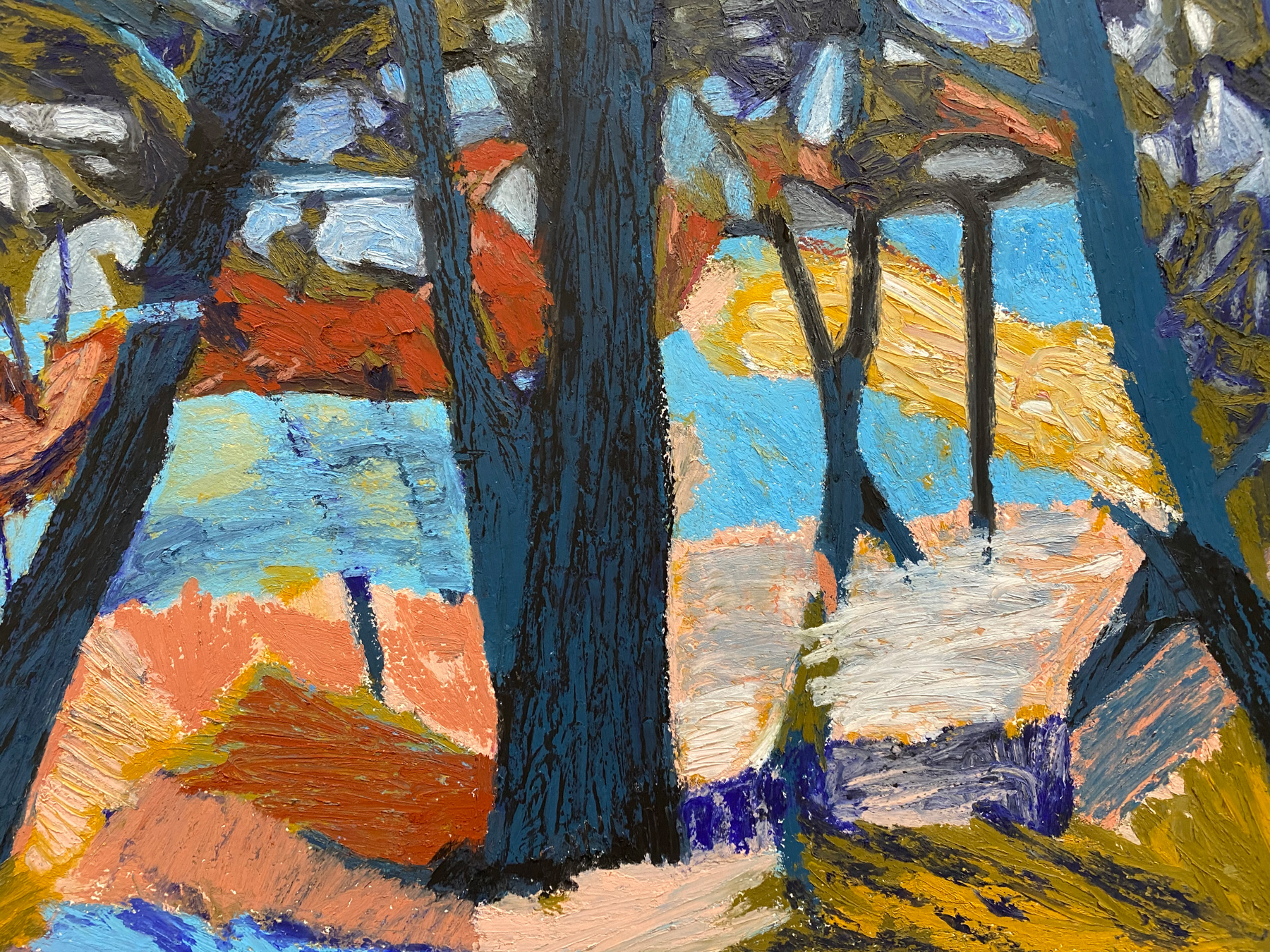 |
|
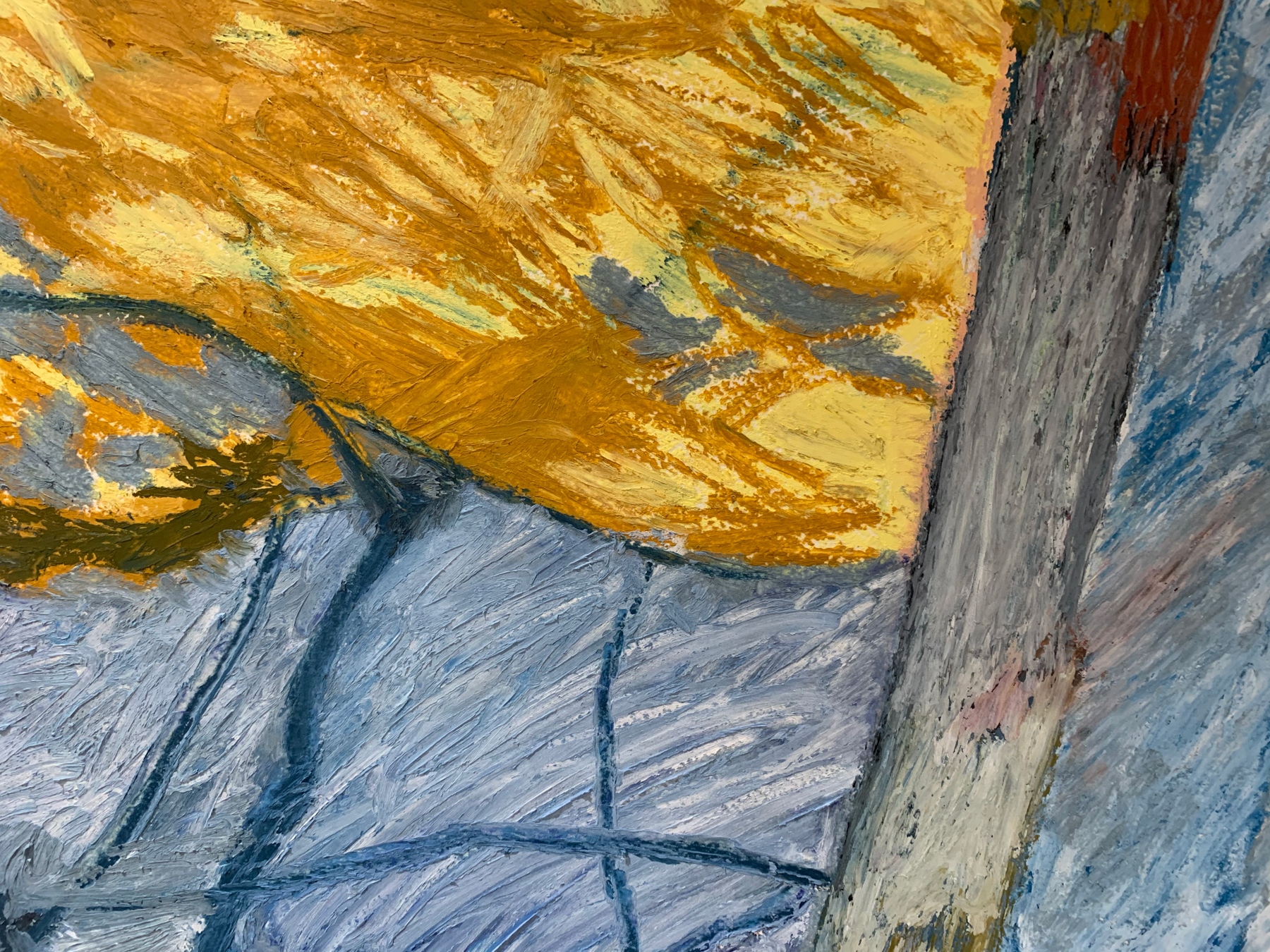
|
Above: #202101 by Mette Homar
You can reach out with comments or buying enquiries about my work at [email protected], or send me a direct message on Instagram.
Read more Artist Spotlights featuring a range of artists across Scandinavia.

